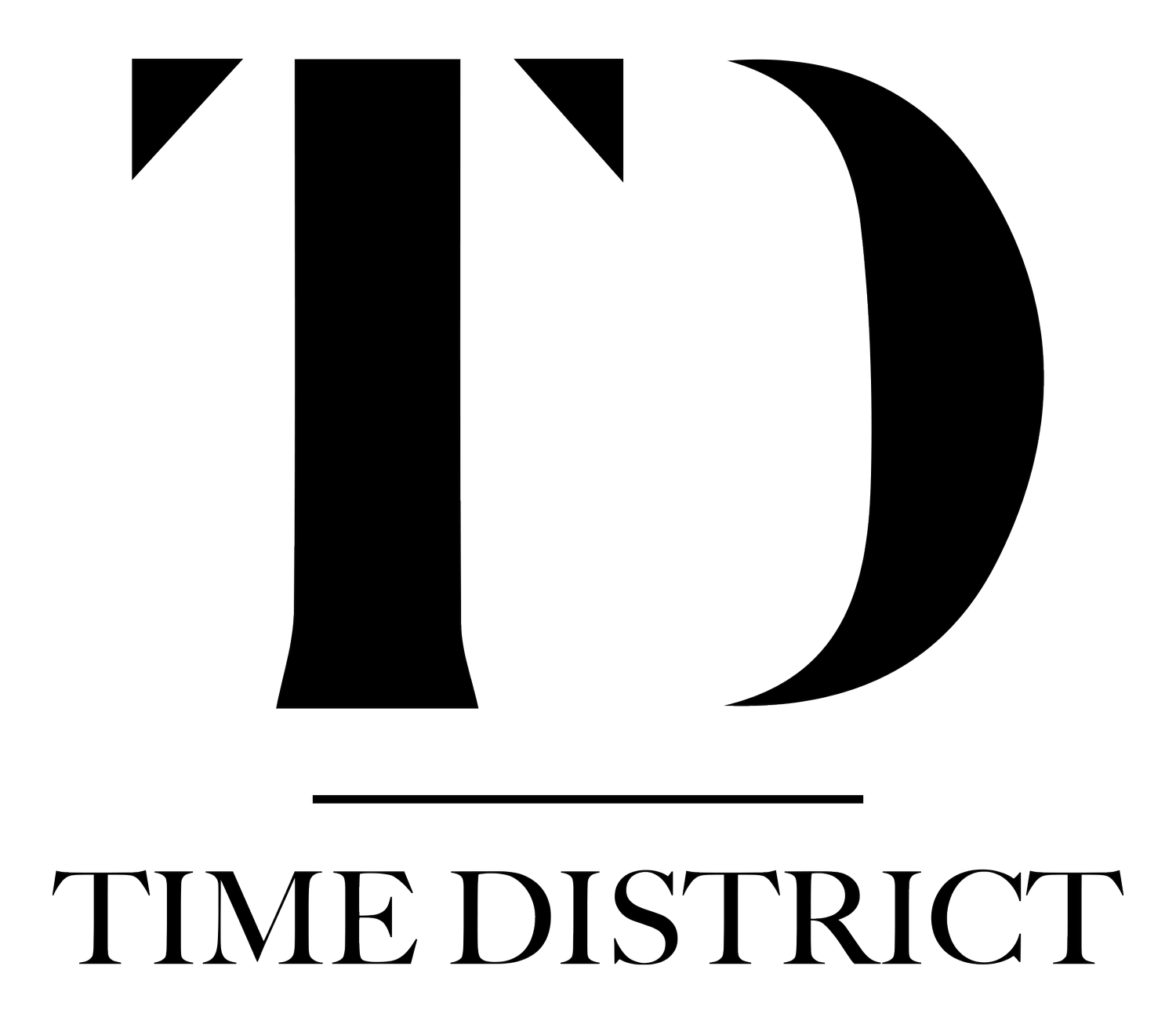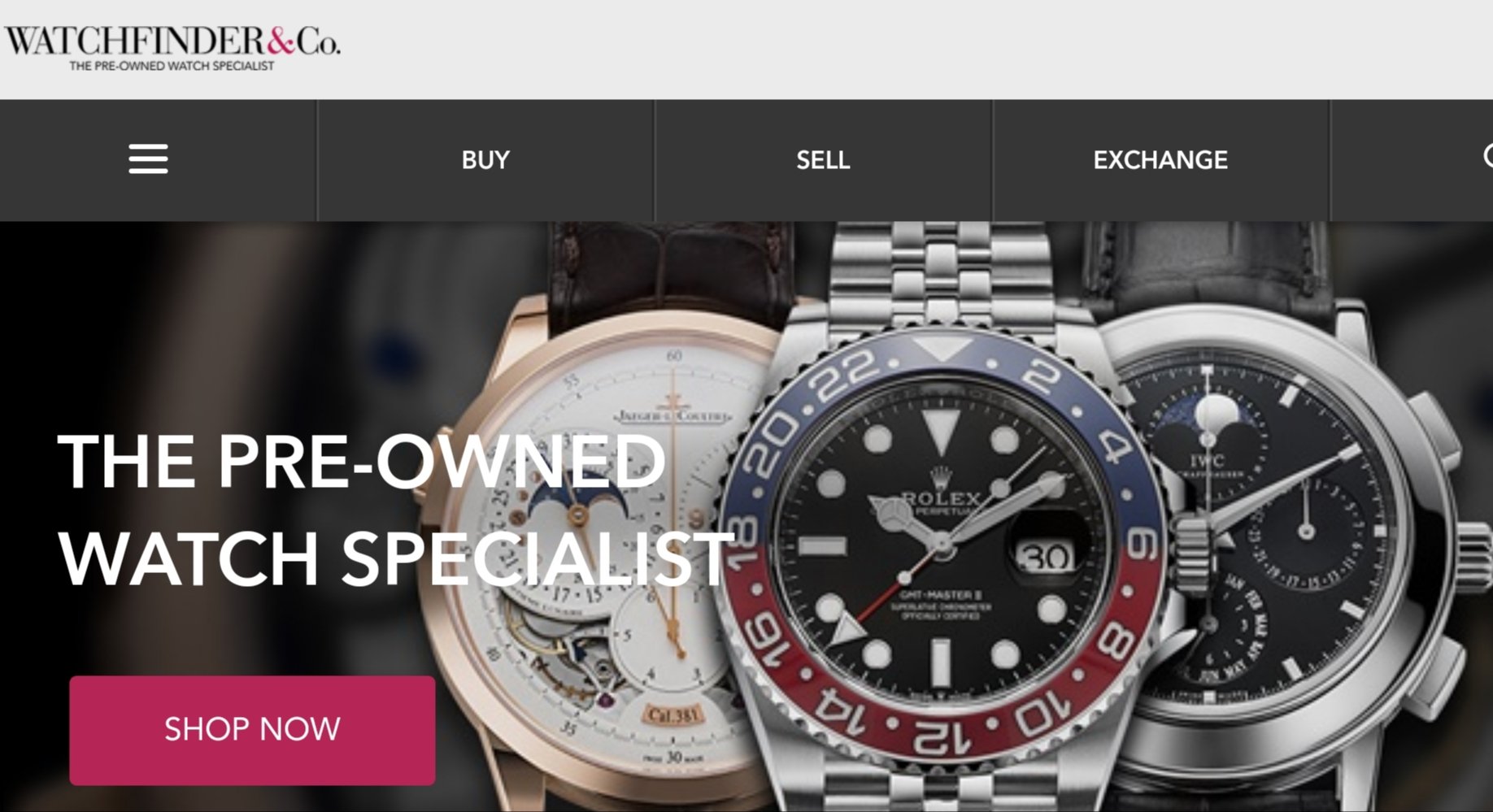How long can Richemont Group stay independent?
Richemont, the global luxury powerhouse behind iconic brands such as Cartier, Vacheron Constantin, and Jaeger-LeCoultre, finds itself at a critical juncture. The leadership of Johann Rupert, the South African billionaire who has shaped the group’s trajectory for decades, is increasingly under scrutiny as investors question the company’s future.
The dual concerns of a lack of succession plan and softening demand for watches are testing the company’s long-term independence. The rise of a triumvirate in leadership roles and a series of digital and operational challenges have intensified the conversation about whether Richemont can continue to go it alone in the competitive world of luxury.
LEADERSHIP VACUUM: THE RUPPERT DILEMMA
Richemont’s leadership structure has long been focused on Johann Rupert, who holds a significant controlling stake through Compagnie Financière Rupert, with around 51% of the voting rights but only 9.1% of the share capital. While Rupert has remained opposed to mergers and acquisitions, his advancing age and the absence of a clear successor leave many investors speculating on the company’s governance after he departs.
Adding to the uncertainty is the emergence of new leadership at the group’s flagship brands, Cartier and Van Cleef & Arpels (VCA). These brands remain the jewel in Richemont’s crown, but their new bosses signal a potential shift in strategy. Although the triumvirate leadership structure has given the group short-term stability, investors are keen for clarity on who will lead the group in the long run, especially as competitors like LVMH and Kering continue to consolidate their dominance in the luxury space (MarketScreener) (Richemont).
Richemont Watchmaking Headquarters in Meyrin, Geneva.
SOFTENING WATCH DEMAND AND STRATEGIC PIVOTS
Recent remarks by Johann Rupert at Richemont’s annual shareholders’ meeting revealed that global demand for watches appears to have passed its peak. The group, along with other watchmakers, has been forced to cut production, which has been a significant shift from the booming demand of previous years. This downturn in the watch market is a major concern for a conglomerate that owns some of the most prestigious horology brands, such as Jaeger-LeCoultre, IWC, and Vacheron Constantin.
Additionally, Rupert announced that Richemont would abandon plans to create a beauty unit, indicating a strategic retreat from diversifying its luxury portfolio. This backtracking from an initiative announced just a year ago suggests that the group is doubling down on its core jewellery and watch business (Richemont).
DIGITAL SETBACKS: THE WATCHFINDER BREACH
As Richemont seeks to expand its footprint in the digital space, it has encountered significant challenges. The Watchfinder acquisition, aimed at capitalizing on the growing market for pre-owned luxury watches, suffered a setback when a data leakage incident exposed sensitive customer information. For a group known for its meticulous attention to detail and high standards, this breach was a blow to Richemont's digital ambitions and raised questions about the group’s ability to maintain the security and trust that its luxury clientele expects.
This incident underscores the risks associated with Richemont’s expansion into the digital marketplace, and its ability to handle the growing demands of online luxury retail (MarketScreener) (Richemont).
THE STAKEHOLDERS: WHO’S REALLY IN CONTROL?
Richemont’s ownership structure is another layer of complexity. While Johann Rupert’s Compagnie Financière Rupert holds a mere 9.1% of the share capital, it controls a whopping 51% of the voting rights. This effectively gives Rupert near-complete control over the company’s decisions. Other major stakeholders include BlackRock, which holds around 5.03%, and Altria Group, with 5.97% of Richemont’s shares. Despite these holdings, the public investors collectively control 56% of the share capital, though they wield significantly less influence in terms of voting power due to the group’s dual-class share structure (MarketScreener).
IS INDEPENDENCE SUSTAINABLE?
With competitors like LVMH and Kering aggressively expanding through acquisitions, Richemont stands as one of the last major luxury groups maintaining its independence. But the lack of a clear succession plan for Rupert, combined with softening market demand and operational challenges, raises questions about whether Richemont can continue to resist outside pressures.
Moreover, Richemont’s extensive investment in Watchfinder, paired with the digital risks it now faces, suggests that the group is in a period of transition. It remains to be seen whether it can maintain its status as an independent entity or if it will eventually succumb to external pressures.
CONCLUSION: CAN RICHEMONT WEATHER THE STORM?
The future of Richemont is far from certain. The group’s iconic brands, led by Cartier and Van Cleef & Arpels, remain strong, but the broader challenges in the watch industry and the digital marketplace raise doubts about the group’s long-term prospects. Investors are eagerly awaiting answers about leadership succession and strategic direction. With Johann Rupert at the helm, the company has remained independent for decades. However, without a clear successor, Richemont may face increasing pressure to consolidate or find new avenues for growth. For now, the luxury giant’s future hangs in the balance.


